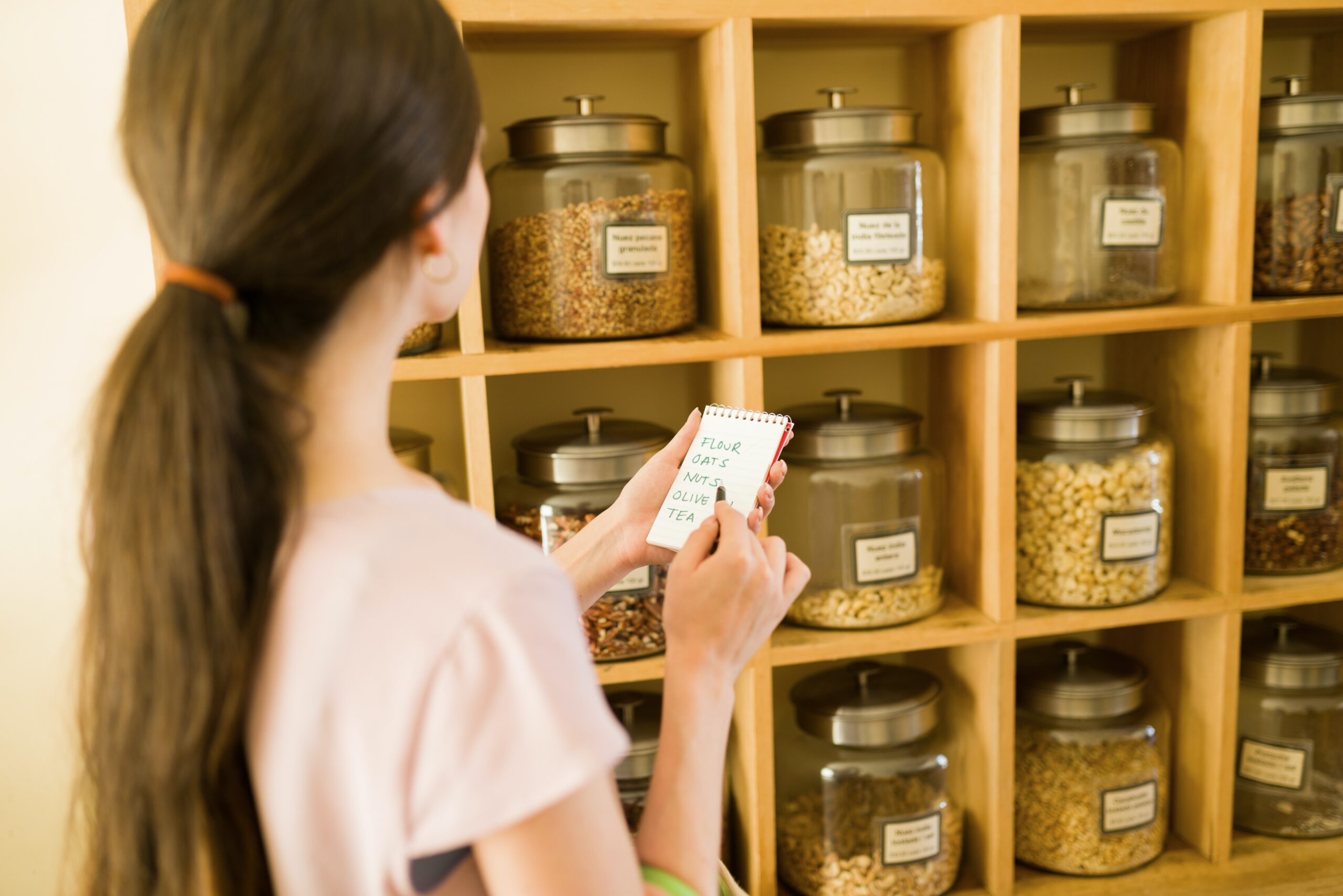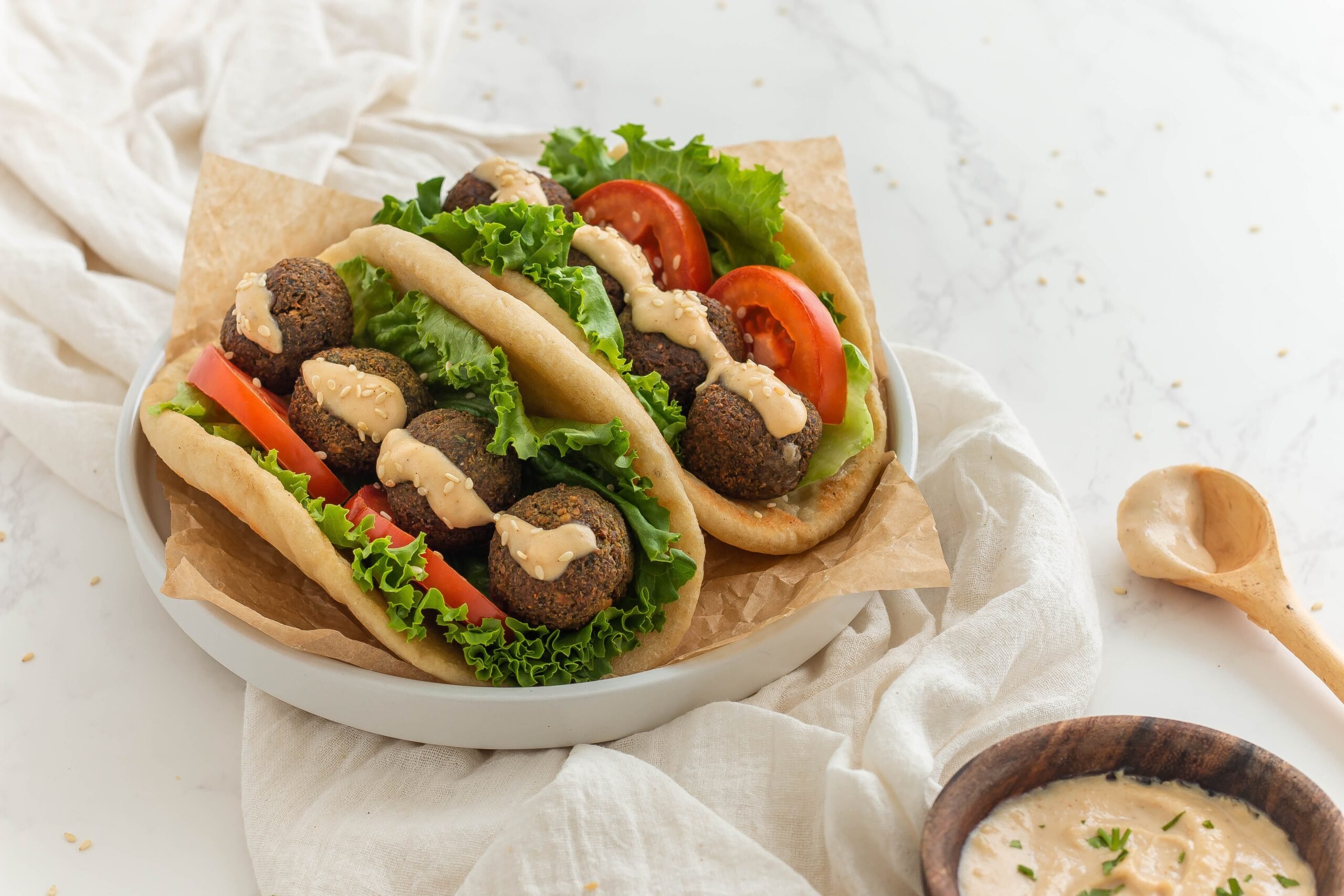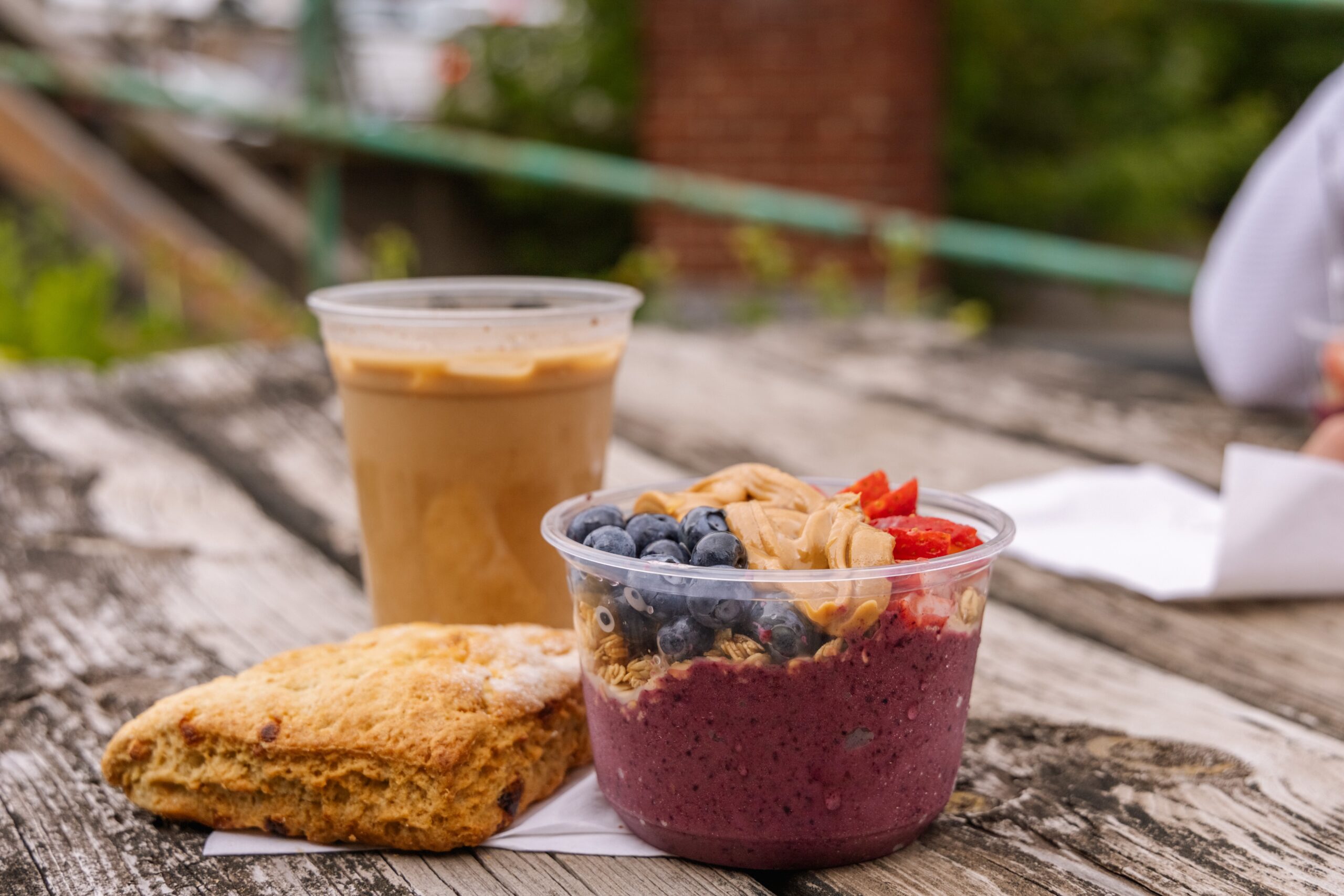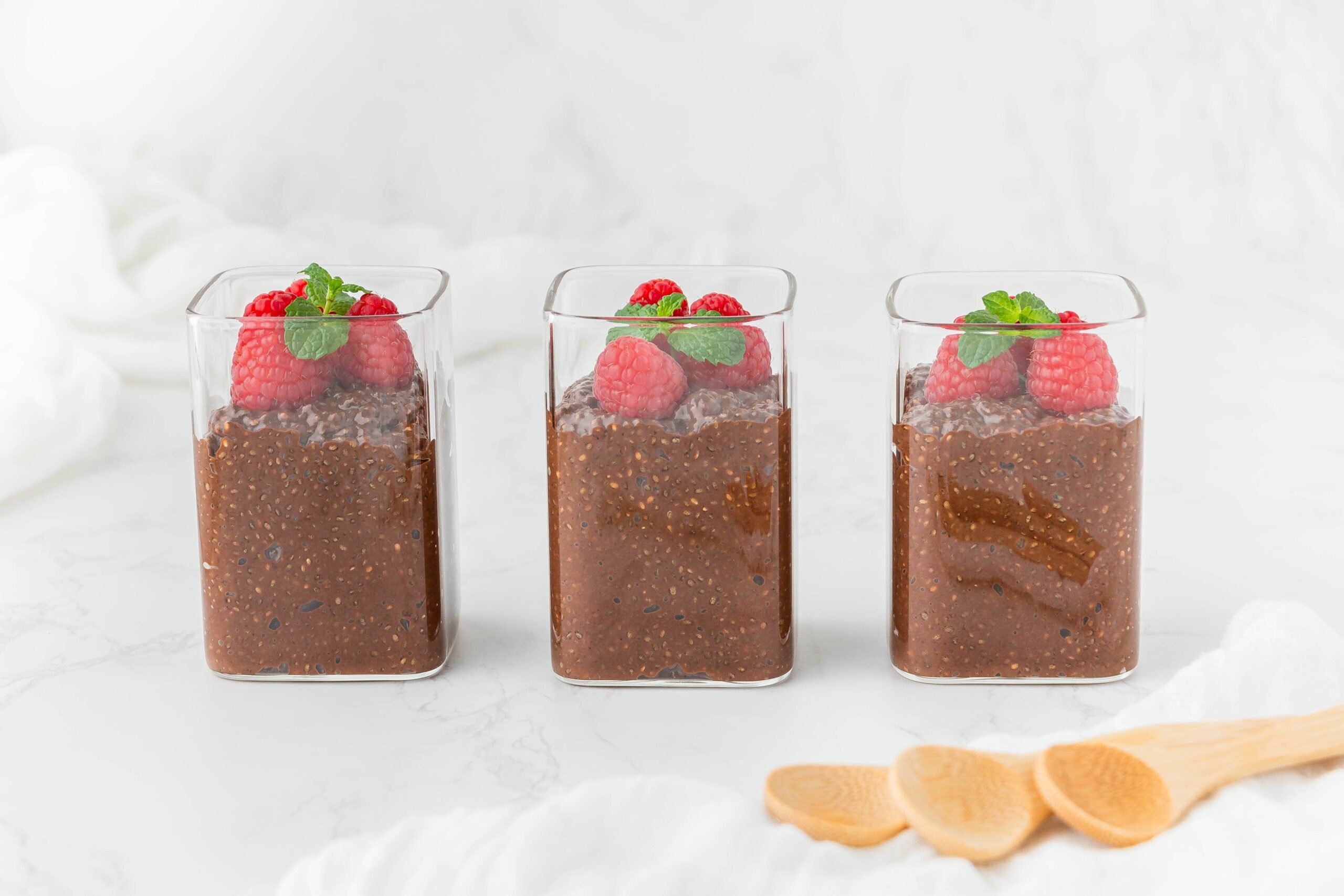Today you’re going to learn how to eat a plant-based diet on a budget.
I’ve been vegan for almost 9 years now and I’m thriving!
You will learn:
- Cheap + easy recipes to make
- Tips for grocery shopping with $50 a week
- Proteins to look for
- + lots more helpful info!
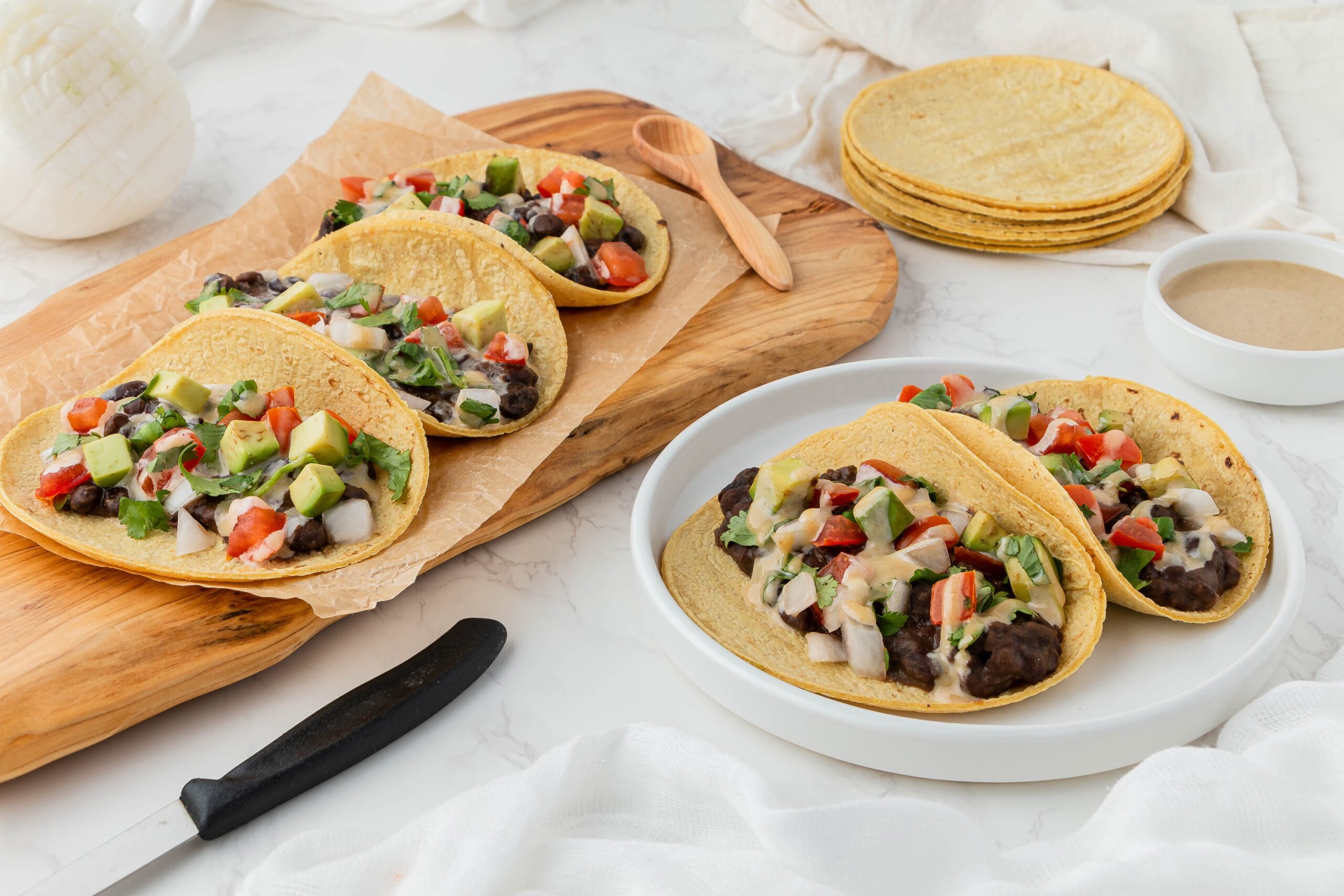
Here’s a guide to eating a plant based diet for under $30 a week.
#1 Shop for healthy + cheap food
Here’s a list of the healthiest and cheapest plant-based foods.
- Beans (black beans, pinto beans, kidney beans, chickpeas)
- Lentils
- Rice (brown rice, white rice, quinoa, bulgar)
- Oats
- Potatoes/sweet potatoes
- Pasta
- Frozen veggies
- Canned corn, tomatoes and beans
- Bananas
- Frozen fruit
- Tofu
- Peanut butter
In a hurry to find a vegan meal plan? Check out Plant-Based On A Budget’s FREE meal plans.
#2 Shop at international markets
If possible, check out local Asian or international markets. You’ll find the best prices here on things like tofu, tempeh, grains, and other plant-based staples.
I also highly recommend checking out your local Aldi (if you have one) as they have a ton of vegan food for cheap.
Trader Joe’s also has great deals on plant-based staples.
#3 Buy in bulk
Buying in bulk is going to save you TONS of money on plant-based stapes like grains, nuts, pasta, beans, and lentils.
Stores where you can get bulk foods:
- Whole Foods
- Sprouts
- Natural Grocers
#4 Choose affordable proteins
Make sure to stick to proteins like tofu, lentils, beans, and tempeh.
These are generally the least expensive plant-based proteins. One pack of tofu goes for around $1.50 at my local Asian market.
#5 Limit processed vegan food
Processed vegan food includes things like fake meat, fake cheese, and pretty much an imitation of any kind of meat or dairy based food. While these can be really yummy, they’re also quite expensive.
Eat these sparingly.
#6 Don’t stress about organic
If you cannot afford organic food, don’t stress about it. Eating vegetables and fruits (even if they aren’t organic) is better than not eating them at all.
When you buy non-organic produce, clean it with cold running water. For certain fruits and vegetables, you can use a vinegar solution to clean the produce.
Mix a solution of 1 part white vinegar and 3 parts water. Soak the produce in this solution for 5-10 minutes. The acetic acid in vinegar can help remove some pesticides and bacteria.
#7 Cook in bulk
To make things easier on you, cook these foods in bulk.
- Rice
- Beans
- Tofu/temeph
- Potatoes
Doing this is going to save you time and money on cooking because you’ll always have something ready to eat.
#8 Stick to in season produce
Your money will go the farthest if you focus on in-season produce as they tend to be cheaper.
Check out your local farmer’s markets as sometimes they’ll be even cheaper than your local grocery store.
#9 Buy canned and frozen produce
Buying canned and frozen produce is beneficial because it has a longer shelf life and tends to be more budget-friendly.
If you’re someone who throws out produce a lot because it gets moldy, frozen and canned food is the way to go.
#10 Learn to cook at home
Cooking at home is going to be much more cost effective than eating out at a restaurant.
Here are my favorite YouTube videos for cheap plant-based recipes:
- Best Vegan Meals For Under $1.50
- Budget-Friendly Meal Prep – $2 Meals
- Vegan Budget Meals – Under $1 Per Serving
#11 Make your own snacks
Stay away from buying prepackaged snacks. You can make your own plant-based snacks at home for a fraction of the cost – and its easy!
Here are my favorite snack recipes:
#12 Use leftovers
If you have extra vegetables or tofu left over, make a stir fry or a vegetable soup. Using leftover food reduces food waste and helps you spend less money on buying more groceries.
#13 Make homemade sauces
Skip the packaged sauces like vegan mayo and hummus – it’s expensive!
Making these sauces at home is a lot easier than you think and can be done for a fraction of the cost.
#14 Use the grocery store’s app
If your local grocery store has an app, get it. There are tons of coupons and deals inside the app and even exclusive deals just for members.
Signing up for your local grocery store app is free and a great way to save the most money possible.
How To Eat Plant Based
When I went plant-based several years ago, I visited a plant-based doctor and she told me everything I needed to know to do this the right way.
Here are specific steps to take to adopt a healthy and balanced plant-based lifestyle.
#1 Read NutritonFacts.Org
This website offers the latest science on a plant-based diet with over 2,000 FREE videos on eating the healthiest diet possible. This is my go to resource for when I have questions about this lifestyle.
#2 Plan balanced meals
Focus on making meals that include a variety of plant foods. At first it may seem hard to do, but you’ll get the hang of it soon!
Include:
- Proteins (lentils, beans, tofu, tempeh, nuts)
- Carbs (whole grains, rice, quinoa, pasta)
- Produce (Include a wide variety of fruits and veggies to get essential vitamins, minerals, and antioxidants)
- Healthy fats (avocados, nuts, seeds, extra virgin olive oil)
#3 Include Vitamin B12
Vitamin B12 is not naturally found in plant foods, so you need to take a vitamin B12 supplement.
#4 Plant-Based Doctors
Find a plant based doctor near you here. Plant based doctors can answer questions about the plant-based lifestyle and support you on your journey.
This site connects individuals with plant-based:
- Medical doctors
- Dentist
- Chiropractor
- Pharmacist
- Psychiatrist
- Physician Assistant
- Nurse Practitioner
- Registered Dietitian
- Occupational Therapist
- Physical Therapist
- Licensed Therapist
#5 Omega-3 Fatty Acids
Make sure to include sources of omega 3 fatty acids such as:
- Flax seeds
- Chia seeds
- Walnuts
#6 Get annual labs
Check with your insurance to see if you’re covered for annual labs that monitor your health. Your doctor will know exactly which labs you should get, especially if you’re eating a plant based diet.
Besides cholesterol screenings, you may want to test:
- Vitamin B12 test
- Vitamin D
Common FAQ – How To Eat Plant-Based
#1 What is a plant based diet?
A plant based diet consists of foods derived from plants, including fruits, vegetables, grains, legumes, nuts, and seeds. This diet does not include animal products like meat, dairy, and eggs.
#2 What’s the difference between vegan and plant based?
Veganism is a strict form of plant-based that excludes ALL animal products, including:
- Meat
- Dairy
- Eggs
- Other-animal derived ingredients like honey
#3 Is it possible to get enough protein on a plant based diet?
Yes! This is a common misconception about the plant-based diet.
Sources of plant-based protein include:
- Beans
- Lentils
- Tofu
- Tempeh
- Nuts
- Seeds
- Whole grains
#4 Is a plant based diet more environmentally friendly?
Yes, this diet tends to have a lower environmental impact compared to diets high in animal products.
#5 What are some common plant-based alternatives to meat and dairy products?
Plant-based meat alternatives include:
- Veggie burgers
- Ground meat
- Almond and soy milk
- Coconut yogurt
- Cashew or almond cheese
#6 Can I build muscle on a plant-based diet?
Yes and there are tons of athletes doing this. My all-time favorite YouTuber (Simnett Nutrition) is a great example of this.
List of well-known people that built muscle on a plant-based diet:
- Serena Williams
- Venus Williams
- Nimai Delgado
- Nate Diaz
- Hannah Teter
- Morgan Mitchell
- Patrik Bouboumian
Resources for eating plant-based on a budget:

Alexis Schroeder is the CEO and founder of FITnancials.
With budgeting and side hustles, Alexis paid off over $40,000 of debt and made over $100,000 in side hustles in college.
Since starting this website over 10 years ago, Fitnancials has reached over 3,000,000 readers. We’ve been featured on sites like Forbes, Yahoo, Side Hustle School, GOBankingRates, Mint, and many more.
If you want to contact Alexis, please send an email to alexis@fitnancials.com.

